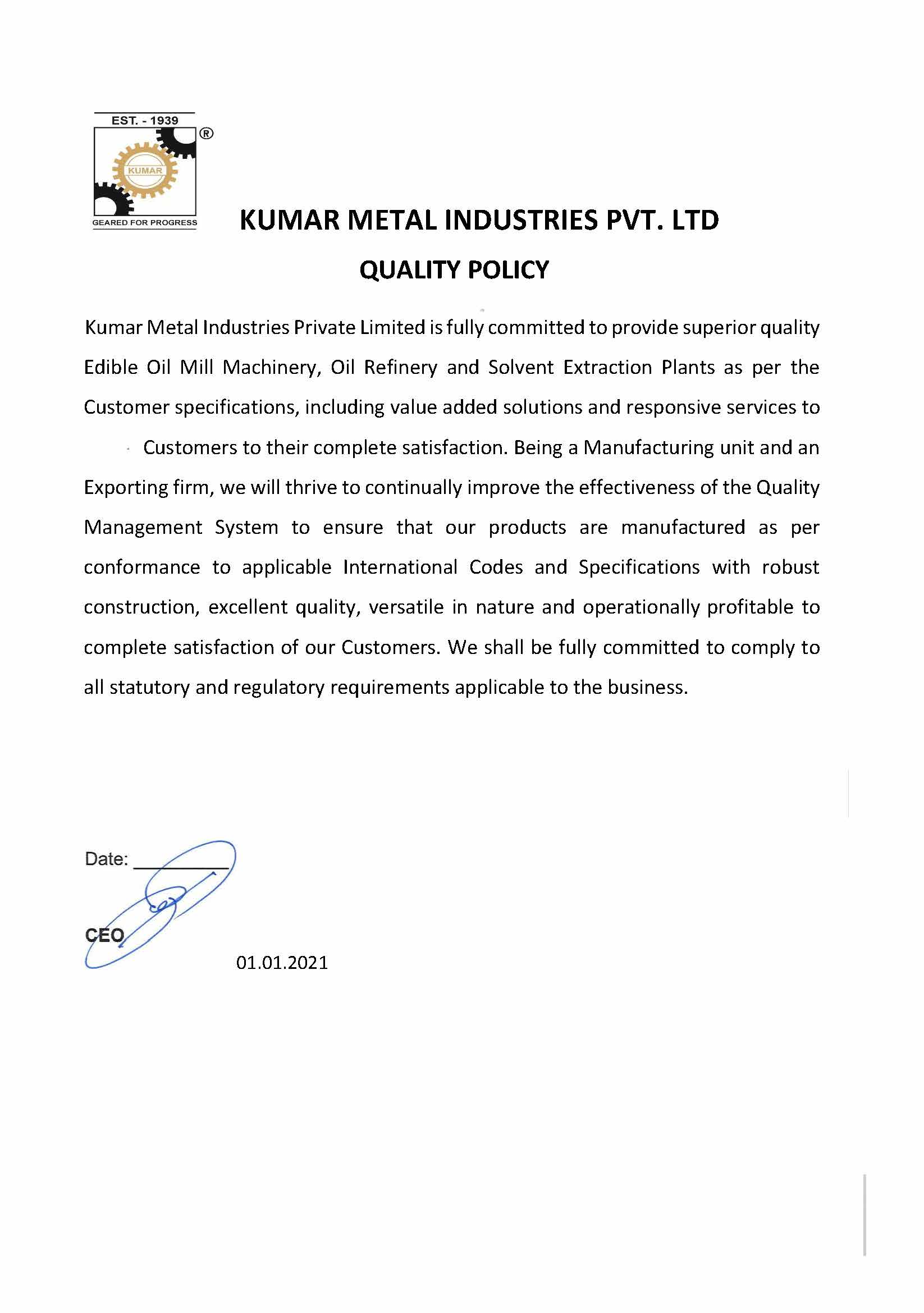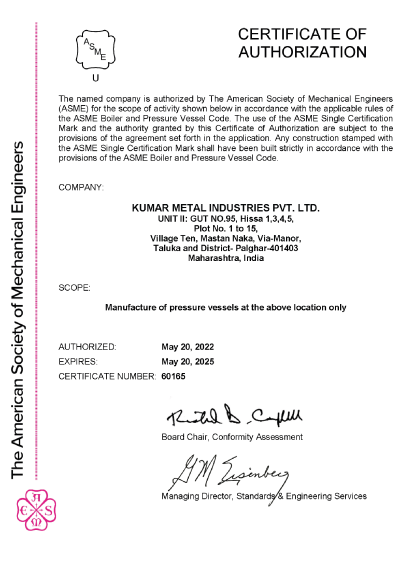
Coconut palm, i.e., Cocos nucifera L. (botanical name), serves many different functions in the regions where it is cultivated. The coconut produces a variety of products like fresh green and dry nuts, copra, coconut water and coconut oil, etc., which are consumed in the region as well as exported to other regions. Coconuts, copra as well as coconut oil of various grades are important commercial products as all of them have their own end-uses. Coconuts – rather its fresh white meat or kernel – are commonly used in food preparations. Copra, the dried meat, is also consumed in food products and is the main source of coconut oil. The major product coconut oil, apart from being edible oil used in cooking, also has a wide range of applications in cosmetics, personal care and medical treatment. Several specialty chemicals are derived from coconut oil. Therefore, all of them are important products of international trade.
World Coconut Day is celebrated on 2nd September every year the world over.
This article presents an overview of global commercial aspects of coconut and its products, mainly copra, coconut oil, and copra meal.
YIELDS OF COCONUT PRODUCTS
Coconut palm trees are cultivated for producing coconuts on commercial scale. The plant density for these trees is 75 to 150 trees per hectare and each tree yields about 40 fruits per year. About 35 to 45% of the fruit is husk and the percentage available for coir extraction declines with maturity.
Approximately 5000 coconuts yield 1 MT copra, while 8000 coconuts yield 1 MT of crude coconut oil. 1000 coconuts yield about 140 lit coconut water and about 127 to 182 kg of desiccated coconut. Husk from 1000 coconuts yield about 130 kg coir fiber. One MT of copra yields about 610 kg oil and 370 kg copra cake or meal.
Typical oil content of copra is 63 to 68%. After oil extraction, the copra cake or meal contains approximately 19 to 22% protein. The residual oil content of this copra cake varies between 0.5% for the solvent extracted cake and about 17% for the traditional oil extraction methods. Copra meals obtained by other methods contain residual oil within this range.
QUALITY
Important quality parameters for commercial grades of refined coconut oil (RCNO) and virgin coconut oil (VCNO) are presented in the following table –
TABLE 1: QUALITY PARAMETERS FOR REFINED AND VIRGIN COCONUT OIL
| PARAMETERS | REFINED COCONUT OIL (RCNO) | VIRGIN COCONUT OIL (VCNO) |
| Moisture, % wt, max | 0.1 | 0.2 |
| Refractive index at 40 deg. C | 1.448 to 1.450 | 1.448 to 1.449 |
| Insoluble material, % wt | 0.05 | 0.05 |
| Unsaponifiable matter, % wt | Not more than 0.15 | 0.2 to 0.5 |
| Acid value (% Lauric acid), max | 0.1 | 0.2 |
| Peroxide value (meq O2kg), max | 1.0 | 1.5 |
| Induction period at 100 deg. C, hrs | 123 to 132 | 200 to 232 |
| Trans fatty acids, % wt, max | 0.5 | 0.1 |
| TRACE METALS, mg/kg | ||
| Copper, max | 0.1 | 0.4 |
| Iron (Fe), max | 1.5 | 5.0 |
[Note: Induction period indicates oxidative stability of the oil, which provides the likely oil shelf life.]
[Source: OFI Magazine, January 2017]
Since refined coconut oil and virgin coconut oil are produced from the same source (coconut kernel or meat), differing only in the way they are processed, the major characteristics of these two oils are similar, as seen from the above table. Virgin coconut oil processed without any refining or deodorization is colourless and has natural fresh coconut aroma and taste. Due to the removal of desirable odour components in the last stage of refining, the refined or refined, bleached and deodorized (RBD), coconut oil possesses little or no ‘typical’ pleasant coconut odour and taste. Virgin coconut oil is gaining popularity worldwide. The oxidative stability or shelf life as well as health benefits of virgin coconut oil are better than that of refined coconut oil; mainly due to its higher contents of tocopherols, polyphenols and other bio-active compounds.
In addition to triacylglycerols and free fatty acids, crude CNO also contains 0.5- 1.5% unsaponifiable matter. This material consists mainly of sterols, tocopherols, squalene, pigments and odour compounds (such as lactones). The pleasant odour and taste of CNO when extracted from fresh material is mainly due to Υ- and δ-lactones, present in trace amounts. Υ-Valerolactone is considered to be responsible for the characteristic taste of coconut oil.
Virgin coconut oil is valued more for its medicinal properties. Both the grades are treaded internationally.
GLOBAL SUPPLY AND CONSUMPTION
World production of coconut oil (CNO) or copra oil is about 3.4M tonnes, about half of which is traded. The main producing countries are India, Indonesia, Papua New Guinea, the Philippines, Solomon Islands, Sri Lanka, Thailand and West Malaysia. The Philippines and Indonesia are major exporters, while the EU countries and USA are major importers. CNO is a lauric oil (about 50% lauric acid) similar in composition to palm kernel and babassu oils.
Production of copra (dried coconut kernel or meat) in the world and in South East Asia during the past few years is presented in the following table.
TABLE 2: COPRA PRODUCTION – WORLD AND SOUTH EAST ASIA
| YEAR | COPRA PRODUCTION, million MT | |
| WORLD | SOUTH EAST ASIA | |
| 2017-18 | 5.76 | 4.626 |
| 2018-19 | 5.79 | 4.656 |
| 2019-20 | 5.66 | 4.543 |
| 2020-21 | 5.56 | 4.453 |
| 2021-22 (Estimates) | 5.82 | 4.669 |
[Source – Foreign Agricultural Service / USDA]
As can be seen from the above table, world production of copra has remained range-bound within 5.56 to 5.82 million MT. About 80% of the global production of copra is contributed by the South East Asian region.
The global production, imports and consumption data for coconut oil for the period between 2011-12 to 2021-22 (Estimate) are presented in the following table. The years refer to are ‘’oil year” which is counted from October to September.
TABLE 3: GLOBAL PRODUCTION, EXPORTS AND DOMESTIC CONSUMPTION OF COCONUT OIL
| YEAR | PRODUCITON, million MT | IMPORTS, million MT | DOMESTIC CONSUMPTION, million MT |
| 2011-12 | 3.30 | 1.83 | 3.40 |
| 2012-13 | 3.53 | 1.89 | 3.62 |
| 2013-14 | 3.29 | 1.74 | 3.23 |
| 2014-15 | 3.28 | 1.82 | 3.18 |
| 2015-16 | 3.23 | 1.58 | 3.12 |
| 2016-17 | 3.31 | 1.54 | 3.12 |
| 2017-18 | 3.55 | 1.75 | 3.31 |
| 2018-19 | 3.64 | 1.85 | 3.44 |
| 2019-20 | 3.47 | 1.84 | 3.51 |
| 2020-21 | 3.44 | 1.86 | 3.56 |
| 2021-22 (Estimate) | 3.51 | 1.90 | 3.42 |
[Note – The differences in Production and Domestic Consumption are due to changes in Stocks.]
[Source – Foreign Agricultural Service / USDA]
Global annual production of coconut oil has remained almost steady between 3.2 and 3.6 million MT. There is some uptick in production – between 3.4 and 3.6 million MT per year – in the last few years.
Coconut oil is consumed for industrial as well as food applications – about half the quantity is consumed for industrial applications while the other half goes into food products.
Although, coconut oil derived from copra is similar to and competes with palm kernel oil derived from palm kernels, the production of copra is very less as compared to that of palm kernels. During the year 2020-21, about 5.56 million MT of copra were produced while over 19.03 million MT of palm kernels were produced in the world. In the same year, about 3.44 million MT coconut oil was produced while about 8.44 million MT palm kernel oil was produced. Over 72.87 million MT of palm oil were produced. Thus, coconut oil produced is just about 40% of palm kernel oil and does not have sufficient volume to compete with palm kernel oil. Therefore, coconut oil is preferred over palm kernel oil due to better suitability of coconut oil in specific applications, in spite of its higher price.
Production of palm kernel oil has increased consistently over the last few decades along with the rise in palm oil production. However, similar increase has not been observed for coconut oil production.
Global supply and distribution of coconut oil during the past few years is presented in the following table.
TABLE 4: GLOBAL SUPPLY AND DISTRIBUTION OF COCONUT OIL (million MT)
| YEAR /
DESCRIPTION |
2017-18 | 2018-19 | 2019-20 | 2020-21 | 2021-22 (Est.) |
| Production | 3.55 | 3.64 | 3.47 | 3.44 | 3.51 |
| Imports | 1.75 | 1.85 | 1.84 | 1.86 | 1.90 |
| Exports | 1.77 | 2.14 | 1.87 | 1.80 | 1.93 |
| Domestic Consumption | 3.31 | 3.44 | 3.51 | 3.46 | 3.52 |
| Ending Stocks | 0.65 | 0.56 | 0.50 | 0.54 | 0.49 |
[Source – Foreign Agricultural Service / USDA]
The following table presents global supply of copra meal (deoiled copra) for the past several years – production, imports, exports, domestic consumption and ending stocks.
TABLE 5: WORLD SUPPLY AND DISTRIBUTION OF COPRA MEAL (million MT)
| YEAR /
DESCRIPTION |
2017-18 | 2018-19 | 2019-20 | 2020-21 | 2021-22 (Est.) |
| Production | 1.88 | 1.92 | 1.84 | 1.81 | 1.85 |
| Imports | 0.69 | 0.57 | 0.47 | 0.58 | 0.53 |
| Exports | 0.71 | 0.69 | 0.43 | 0.53 | 0.55 |
| Domestic Consumption | 1.84 | 1.81 | 1.88 | 1.88 | 1.83 |
| Ending Stocks | 0.13 | 0.13 | 0.13 | 0.11 | 0.11 |
[Source – Foreign Agricultural Service / USDA]
PRICES
Yearly average prices of copra at the port of Rotterdam (The Netherlands) have been reported. These prices for the last few years are listed in the following table. These prices are for copra supplied from Philippines and Indonesia on CIF Northwest (NW) Europe (at Rotterdam) basis.
TABLE 6: ANNUAL AVERAGE PRICES OF COPRA AT ROTTERDAM (2011-12 TO 2020-21)
| YEAR | COPRA PRICE, US $ / MT |
| 2011-12 | 829 |
| 2012-13 | 570 |
| 2013-14 | 854 |
| 2014-15 | 749 |
| 2015-16 | 907 |
| 2016-17 | 1076 |
| 2017-18 | 784 |
| 2018-19 | 483 |
| 2019-20 | 602 |
| 2020-21 | 993 |
[Source – Foreign Agricultural Service / USDA]
Copra prices (and those of other oilseeds, oils) fluctuate depending on the supply and demand. These fluctuations are captured in the monthly average prices. The following table presents these fluctuations through monthly prices data for the years 2019-20 and 2020-21.
TABLE 7: MONTHLY AVERAGE PRICES OF COPRA AT ROTTERDAM (US $ per MT)
| MONTHS / YEARS | 2019-20 | 2020-21 |
| October | 484 | 740 |
| November | 566 | 946 |
| December | 672 | 985 |
| January | 680 | 964 |
| February | 579 | 954 |
| March | 558 | 1024 |
| April | 551 | 1063 |
| May | 560 | 1123 |
| June | 620 | 1070 |
| July | 597 | 1047 |
| August | 663 | 990 |
| September | 689 | 1012 |
| AVERAGE | 602 | 993 |
[Source – Foreign Agricultural Service / USDA]
Yearly average prices of coconut oil at Rotterdam are presented in the following table for the past decade. Coconut oil is supplied from Philippines and Indonesia and the prices are CIF Rotterdam.
TABLE 8: ANNUAL AVERAGE PRICES OF COCONUT OIL AT ROTTERDAM (2011-12 TO 2020-21)
| YEAR | AVERAGE COCONUT OIL PRICE, US $ / MT |
| 2011-12 | 1244 |
| 2012-13 | 858 |
| 2013-14 | 1278 |
| 2014-15 | 1128 |
| 2015-16 | 1362 |
| 2016-17 | 1621 |
| 2017-18 | 1175 |
| 2018-19 | 724 |
| 2019-20 | 899 |
| 2020-21 | 1483 |
[Source – Foreign Agricultural Service / USDA]
The following table lists monthly average prices of coconut oil at Rotterdam for the years 2019-20 and 2020-21.
TABLE 9: MONTHLY AVERAGE PRICES OF COCONUT OIL AT ROTTERDAM (US $ per MT)
| MONTHS / YEARS | 2019-20 | 2020-21 |
| October | 718 | 1108 |
| November | 833 | 1383 |
| December | 1032 | 1480 |
| January | 1011 | 1449 |
| February | 850 | 1429 |
| March | 839 | 1540 |
| April | 840 | 1598 |
| May | 832 | 1662 |
| June | 915 | 1600 |
| July | 897 | 1567 |
| August | 983 | 1476 |
| September | 1034 | 1505 |
| AVERAGE | 899 | 1483 |
[Source – Foreign Agricultural Service / USDA]
You might find these interesting:
Understand the production process of virgin coconut oil
Read about the commercial aspects of coconut oil production in India
Learn how virgin coconut oil is extracted - the process and the many menthods
For 82 years, Kumar has been delivering dependable process engineering solutions to the oils and fats industry. We're known for our robustly engineered, versatile and operationally profitable plant and machinery. It's why over 500 customers in 65 countries depend on us to solve their processing challenges, big or small. If you’d like to know more about our solutions please fill out the form below:
"*" indicates required fields



















